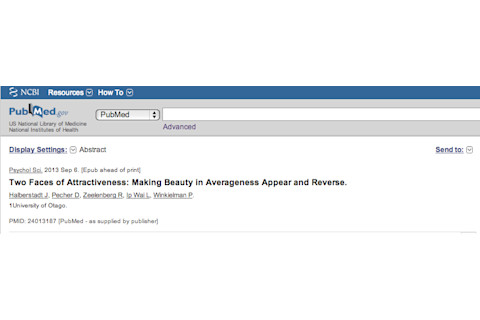Figure 1(a): Example of a morph (not used in the study) of two well-known faces (George W. Bush and Barack Obama)
Several composite images of "average" faces from different countries, morphed together from hundreds of photos, have recently made the rounds on the internet. Despite being "average", these faces overall are quite attractive, a phenomenon that is well known in psychology. However, what happens when you morph together recognizable faces instead of just your average Joe? Are the resulting faces still more attractive? Here, the researchers tested whether morphed celebrity faces are more or less attractive when compared to less recognizable face morphs. To be able to use the same sets of faces, they combined together faces of celebrities only famous in the Netherlands or New Zealand, and then showed the morphs to participants in each country. They found that when the two faces are independently recognizable (e.g., two Dutch celebrities and Dutch subjects), the resulting morphs are rated as less attractive, despite being more "average".
Two Faces of Attractiveness: Making Beauty in Averageness Appear and Reverse. "Psychological research shows clearly that average faces are attractive. Faces generally become more attractive when they are blended (morphed) with other faces (Langlois & Roggman, 1990) or when they are distorted toward the population average (Rhodes & Tremewan, 1996), and natural variations in averageness strongly predict attractiveness (Halberstadt, 2006; Light, Hollander, & Kayra-Stuart, 1981; Rhodes, Sumich, & Byatt, 1999). Rarely has a psychological phenomenon been demonstrated to be so robust; indeed, to our knowledge, no published study has indicated that averaging produced a face that was less attractive than the original faces from which it was generated. However, the beauty-in-averageness effect is highly counterintuitive when one considers the nature of morphed faces. As equal parts of two distinct individuals, morphed faces are maximally ambiguous regarding identity (see Fig. 1a for an example), and many theories associate ambiguity with negative affect. ... Because facial morphs also deviate from the original faces from which they were generated, and are also hard to classify, this logic predicts that morphs should be less, not more, attractive than the original faces. However, a critical factor in studies showing dislike for distorted stimuli is that participants know what the stimuli are distortions of. In contrast, in studies of the beauty-in-averageness effect, the original faces are generally not known or not recognizable in the blend, which precludes any classification disfluency. This logic generates an interesting prediction: Morphs should be more attractive when their constituent faces are unknown but less attractive when the constituent faces are known and recognizable in the blend. In the current study, we tested this hypothesis by asking participants from two nations to judge morphs of local celebrities (i.e., people famous in one, but not the other, country). We expected that blends of other-country (unknown) celebrities would be more attractive (the beauty-in-averageness effect), but that blends of within-country celebrities would be less attractive, compared with the original faces from which they were generated. ... The results provide a major qualification of the beauty-in-averageness effect, showing that the very same face blends can be either more or less attractive than the constituent faces depending on whether the constituents are identifiable. "

Related content: People prefer mates with a 22% resemblance to themselves.














